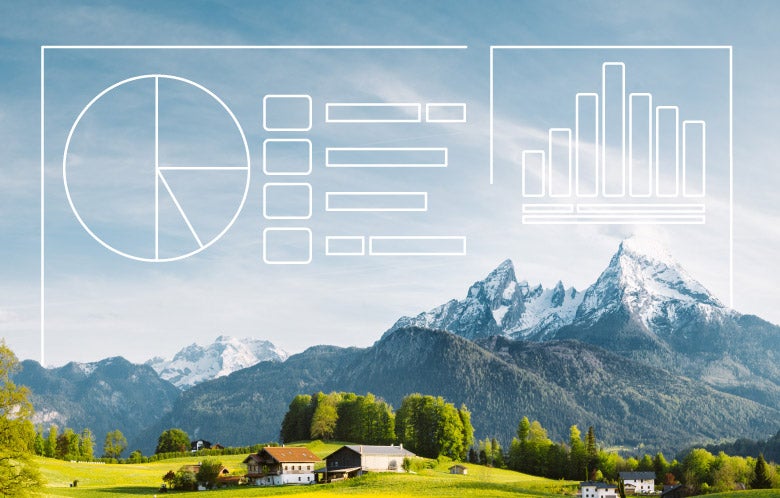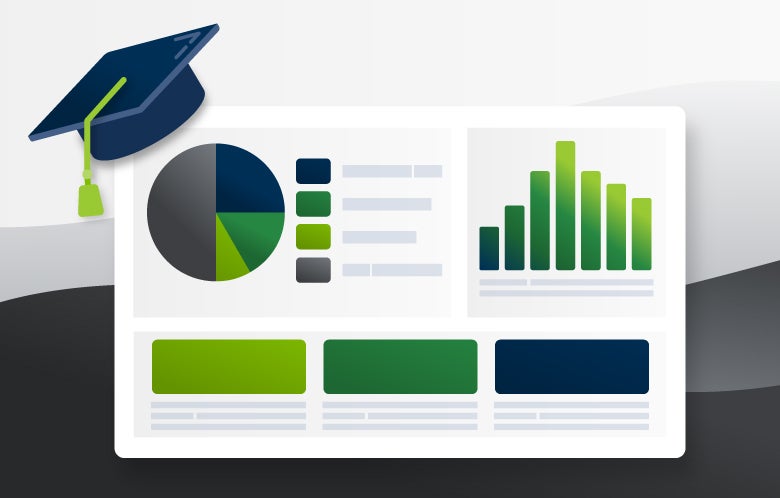With shrinking budgets, staff cuts and the need for academic libraries to show their contribution to their institution’s mission, libraries need to invest in sound analytics and data. This type of data, however, needs to extend past traditional library analytics to demonstrate the synergy between the library and the entire academic campus. This means gaining an understanding of users on campus, how they leverage the library and what criteria create an academically successful cohort vs. “at-risk.” Libraries need to implement proper policies, procedures and infrastructure to handle big data security and maintain regulations around user privacy.
As covered in this blog post, the implications are clear today, more than ever before, that security considerations must take center stage when utilizing library systems and connecting these systems to user data. One attribute that needs to be thoughtfully considered is Personal Identifiable Information, or PII. PII is any data point that could identify a person such as an email, address telephone number, etc. PII can be a combination of data points such as race, geographic location and birthday that when used together, can identify an individual. Surprisingly, some attributes of PII are broad and often left to be interpreted. Some of the major institutions worldwide have varying definitions of what these attributes are. Without a clear definition of PII attributes, the first step for libraries is to align their user privacy attributes to their institution’s definition of PII and ensure their privacy policies around data, complying with global, country and sometimes regional (or state) privacy laws.
With the amount of data that can be leveraged and regulations to uphold, libraries need to consider how to scale today and in the future.
With the amount of data that can be leveraged and regulations to uphold, libraries need to consider how to scale today and in the future.
Upholding user privacy becomes even more challenging when libraries leverage data from other campus systems. Often, librarians are faced with accessing and gathering data from disparate platforms and manually combining data for analysis. While this approach was somewhat sustainable with traditional library analytics, it cannot scale with additional data sets, and increases the risk of data loss and more importantly, the possibility of a data breach.
Providing more data on library interactions with the rest of the academic community can transform the library into a major influencer on campus and the central hub of academic metrics. An article in ACRL ponders whether libraries can “play a central role in the meta-fourth industrial revolution as central-information providers” or “keep a profile as organizations that continue to provide ‘traditional’ services to patrons?”
With the amount of data that can be leveraged and regulations to uphold, libraries need to consider how to scale data sets by leveraging the right library analytics platform. Download the free white paper to learn more about the topic of user privacy in library analytics and understand best practices and solutions can help a library improve its library analytics approach and maintain proper data security standards.



